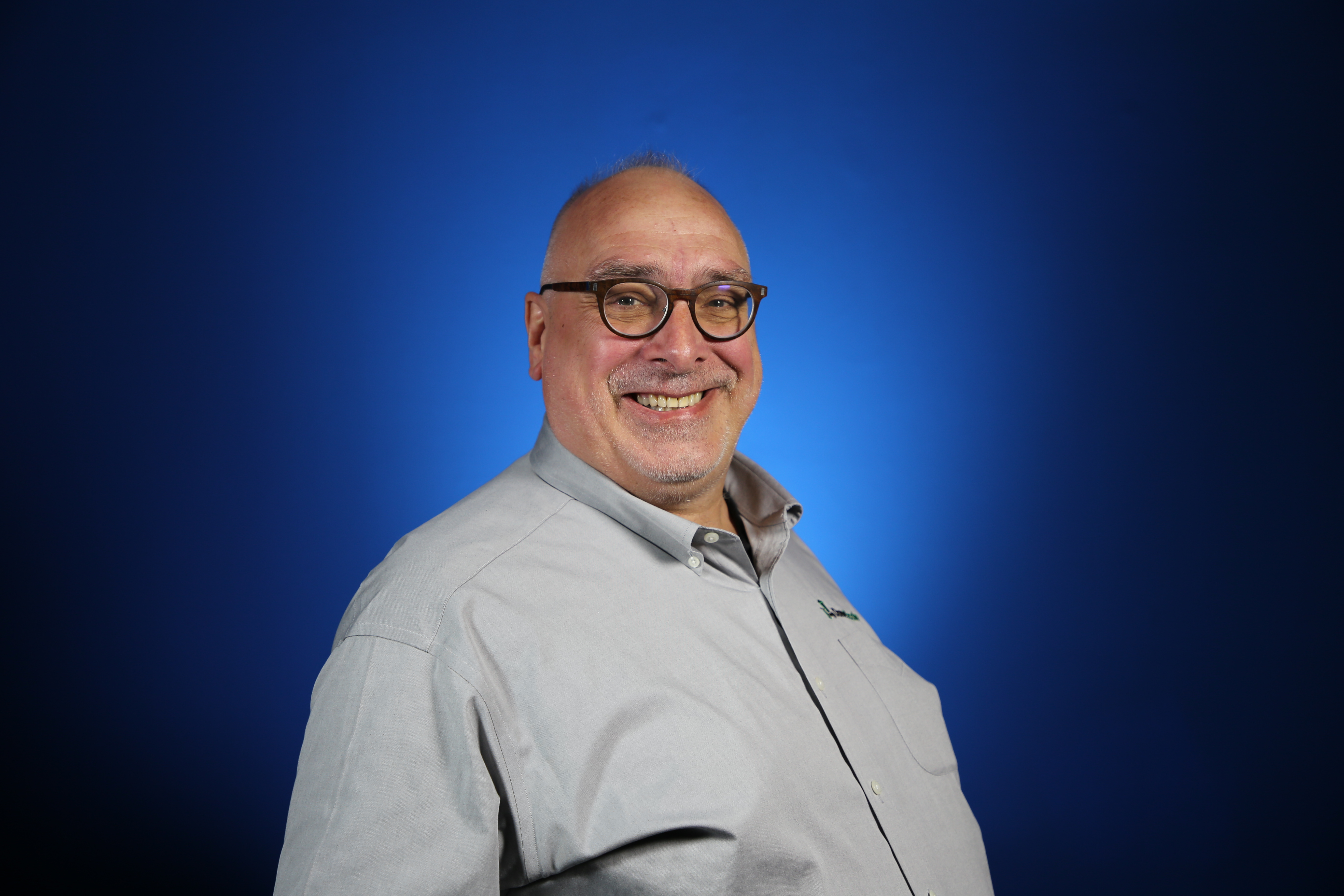 INFRA
INFRA
 INFRA
INFRA
 INFRA
INFRA
In an information technology ecosystem characterized by constant change, virtualized tools that ensure flexibility for scaling enterprise data are quickly becoming standard in modern business. While public cloud computing has addressed many big data qualms, it doesn’t offer solutions that fit every workload — specifically those that require a greater level of organizational control.
Where many options for adapting traditional infrastructures are expensive and inefficient, composable infrastructure is emerging as a comprehensive management solution for businesses at every level.
“What we’re trying to do is restore the balance in the universe and apply for the scale-out clusters what virtualization did for the legacy applications,” said Brian Pawlowski (pictured), chief technology officer of DriveScale Inc.
Pawlowski spoke with Jeff Frick (@JeffFrick), host of theCUBE, SiliconANGLE Media’s mobile livestreaming studio, at theCUBE’s studio in Palo Alto, California, to discuss the state of enterprise data management and how DriveScale is filling the gaps left by virtualization. (* Disclosure below.)
Cloud tools have revolutionized the ways in which businesses can process, implement, and extract value from data, and ushered the industry at large into a digital renaissance. But while numerous IT support companies offer defined tools that solve for individual needs, those independently developed tools don’t always work in concert with one another the way that enterprises with multiple operational pipelines require.
“When it’s 10 applications being deployed, people start to get a little bit nervous about the operational cost, the management cost, deployability, lifecycle management, tech refreshes, and expansion,” Pawloski said.
In the world of cloud compute, silo challenges are often addressed by services offering all-in-one dashboard solutions that simplify management to one-button push software application deployment, a critical enabler for business operations and business agility in a market not bound by the restraints of hardware. For enterprises not wholly integrated into virtualization, DriveScale hopes to provide that same streamlined orchestration for bare-metal instances.
“What VMware did for captured legacy application deployments, we’re trying to do for essentially what has been historically bare metal, big data application deployment,” Pawlowski stated.
DriveScale aims to achieve its mission of combining disparate functions through composable infrastructure, a single application that acts as the conductor for an entire data center through a programmable application programming interface. The platform views physical compute, storage, and network fabric resources as services and manages them all under one software-defined infrastructure to avoid unwieldy administrator hardware configuration.
“The DriveScale software is essentially an orchestration package that provides the ability to take compute nodes and storage nodes on high-performance fabric and securely form multi-tenant architectures, much like you would in a cloud,” Pawlowski explained.
To most efficiently allocate resources, its orchestration layer generalizes compute, storage and networking components of the customer data center and assesses bare metal provisions for replication. “We do a best fit match of all of your available resources, propose to you in a couple seconds back with the cluster you want, and then you just hit go,” he said.
This disaggregation also simplifies future individual system refreshes that would otherwise require the overhaul of an entire data center and become unmanageable at scale.
“Separating out the components provides you a lot of flexibility, from mixing and matching different types, doing rolling upgrades of the compute separate from the storage, and then also having different storage tiers,” Pawlowski said.
DriveScale’s approach is driven by application need and accounts for scale-out with a cryptographically secure multi-tenant environment while focusing on the optimization of existing physical infrastructure resource utilization.
“This is an alternative to the standard way of deploying applications in a very static nature onto fixed physical resources or into network storage coming from the likes of NetApp and Dell EMC,” he said.
The approach is proving a successful one. A recent study showed composable infrastructure enabled 95 percent faster deployment and 48 percent hardware savings, as well as significantly less IT service calls. The disaggregation method not only provides more tailored lifecycle management, but also allows for dynamic adaptation that will continue to serve enterprises into the future.
“All these things are coming together, driving a set of applications that are becoming both increasingly important and increasingly expensive to deploy. Composable infrastructure allows you to get a handle on controlling those costs and making it a lot more manageable,” Pawlowski said.
With continued innovation in artificial intelligence and the internet of things, enterprise need for big data processing is expected to increase exponentially. DriveScale aims to offer all businesses the opportunity to remain competitive as much of the market moves further to the cloud in search of efficiencies.
“The more data that you process, the more scale out you need. And composable infrastructure is becoming a critical part of getting that under control — getting you the flexibility and manageability to allow you to actually make sense of that deployment in the IT center,” Pawlowski concluded.
Watch the complete video interview below, and be sure to check out more of SiliconANGLE’s and theCUBE’s CUBE Conversations. (* Disclosure: DriveScale Inc. sponsored this segment of theCUBE. Neither DriveScale nor other sponsors have editorial control over content on theCUBE or SiliconANGLE.)
THANK YOU